Exhibiting at events—whether trade shows, conferences, or expos—offers a powerful way to connect with potential clients, partners, and industry peers. But with dozens (sometimes hundreds) of other businesses competing for attention, simply turning up with a branded stand isn’t enough. To truly maximise your opportunities, you need a strategic approach before, during, and after the event.
1. Set Clear Objectives
Before you invest time and resources, define what success looks like. Are you aiming to:
-
Generate new leads?
-
Strengthen relationships with existing clients?
-
Raise brand awareness?
-
Launch a new product or service?
Having measurable goals (e.g., number of qualified leads, product demos booked, meetings scheduled) will help focus your team and track ROI after the event.
2. Design a Stand That Stands Out
Your exhibition space is your shop window. Invest in a stand design that is eye-catching but uncluttered, communicates your value proposition instantly, and invites interaction. Consider:
-
Clear, bold branding visible from a distance.
-
Digital screens or interactive displays.
-
Open, welcoming layouts that encourage people to step in.
3. Train and Energise Your Team
The best stand design won’t matter if your staff aren’t engaging. Equip your team with:
-
A clear pitch that explains what you do in under 30 seconds.
-
Knowledge of the products/services being promoted.
-
Friendly, approachable body language (no hiding behind phones or laptops!).
A motivated, approachable team is one of the biggest success factors at events.
4. Promote Before the Event
Don’t wait for foot traffic to find you—create buzz in advance.
-
Email existing clients and prospects to let them know where you’ll be.
-
Share updates on LinkedIn, Instagram, or X (Twitter) with your stand location.
-
Schedule meetings with key prospects ahead of time.
The more people arrive already planning to see you, the better.
5. Offer Value and Interactivity
Give visitors a reason to stop by. This could be:
-
Live demos of your product.
-
Interactive experiences (VR, gamification, or hands-on trials).
-
Free resources (guides, checklists, research reports) relevant to your audience.
Branded giveaways can work too—but make them useful and memorable, not just another pen.
6. Capture and Qualify Leads
Have a clear system for collecting contact details—whether that’s via badge scanners, digital forms, or business cards. More importantly, capture context (e.g., what they were interested in) so follow-up conversations are personalised.
7. Network Beyond the Stand
Some of the most valuable connections happen outside your booth. Attend workshops, panels, and networking sessions. Introduce yourself to neighbouring exhibitors. Sometimes, competitors even turn into collaborators.
8. Follow Up Quickly
Your post-event strategy is just as important as your preparation. Within a few days:
-
Send personalised follow-up emails while conversations are still fresh.
-
Connect on LinkedIn with a short reminder of where you met.
-
Share event highlights on social media to reinforce your presence.
9. Measure and Learn
Finally, evaluate results against your original objectives. How many leads did you generate? How many turned into sales? What feedback did you get on your products or brand? Use these insights to refine your approach for the next event.
✅ Key takeaway:
Success at events doesn’t come from just showing up—it comes from planning, engaging, and following through. With clear goals, an engaging presence, and strong follow-up, exhibiting can deliver a high return on investment and lasting business opportunities.
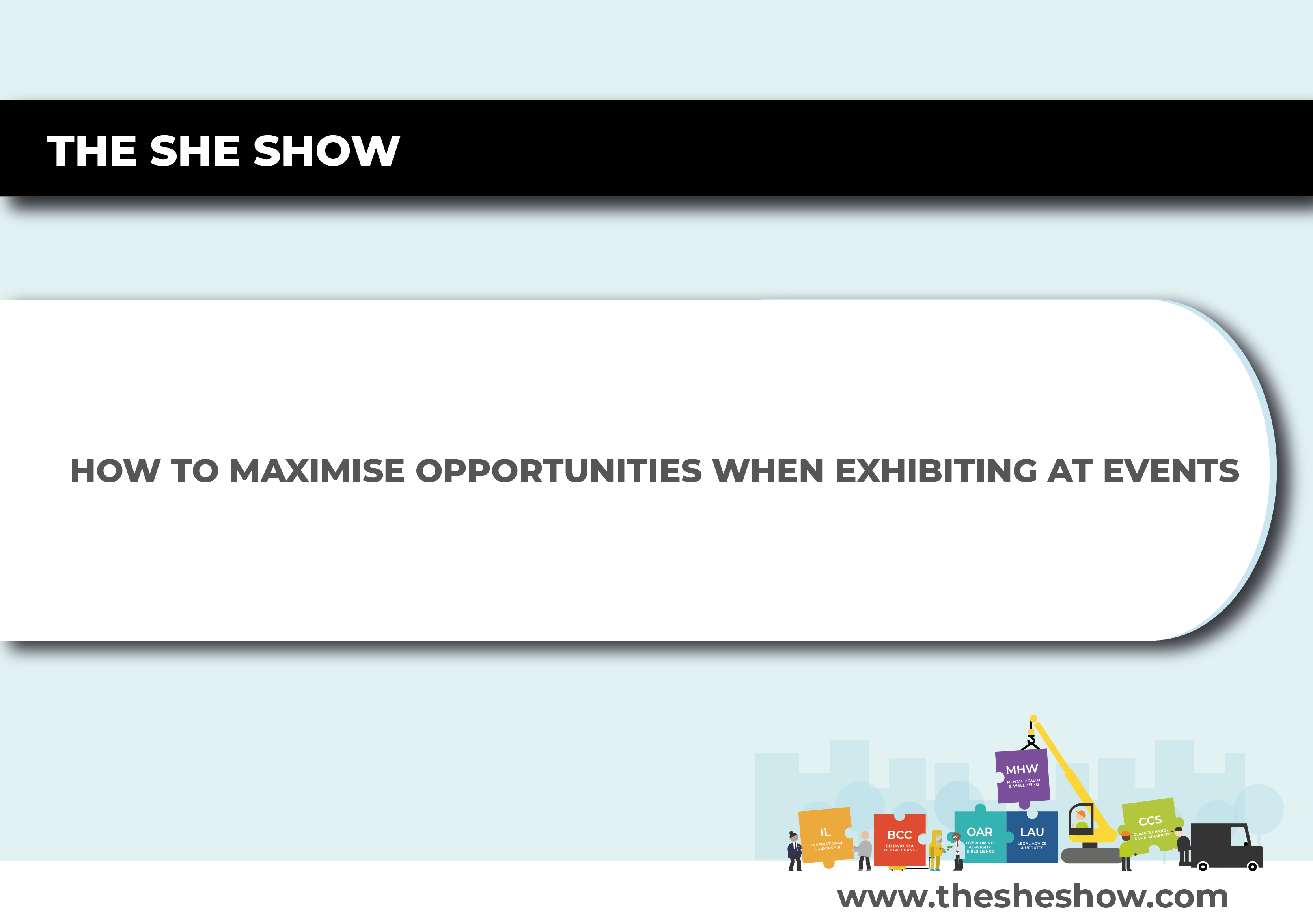
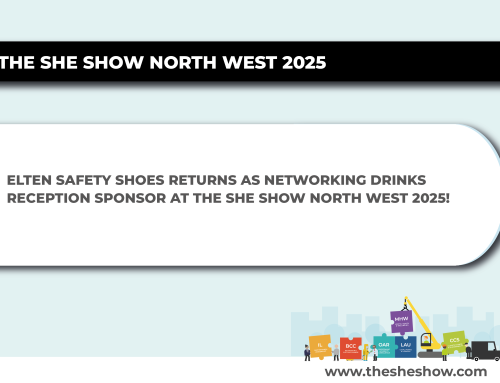
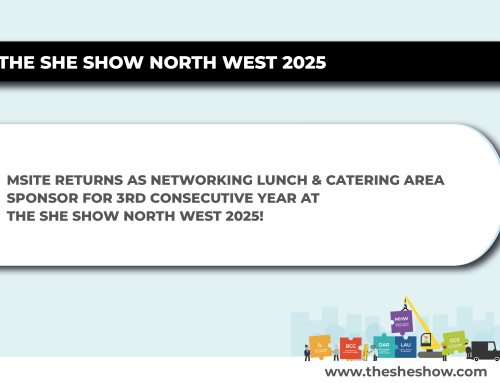
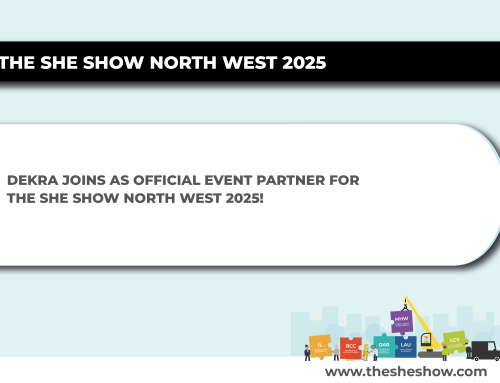
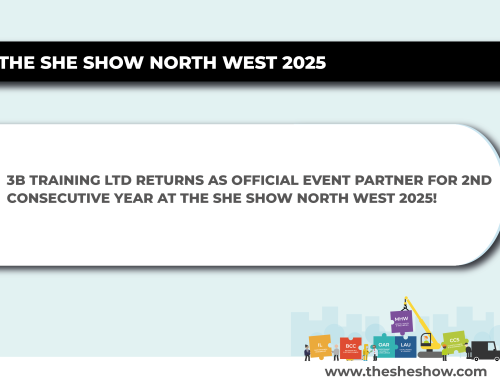
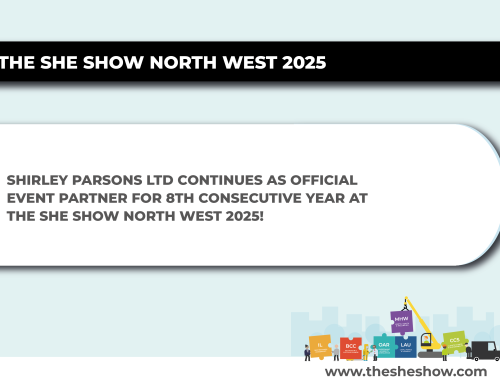
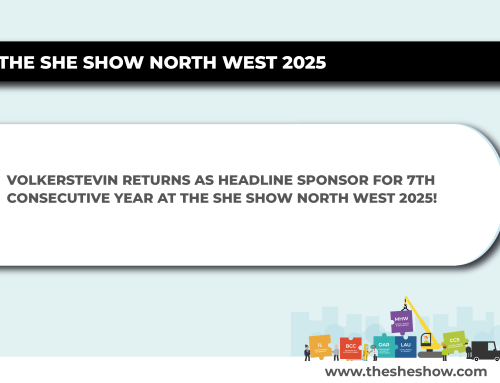


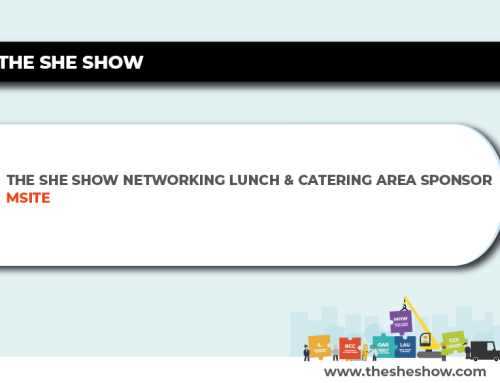
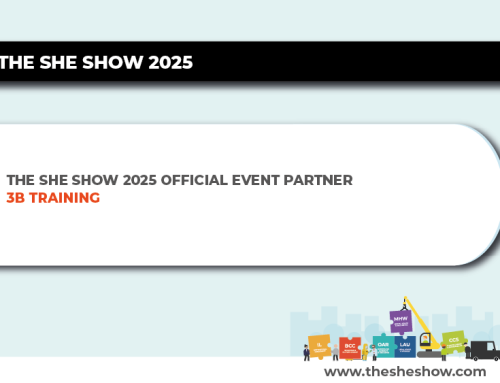





Leave A Comment